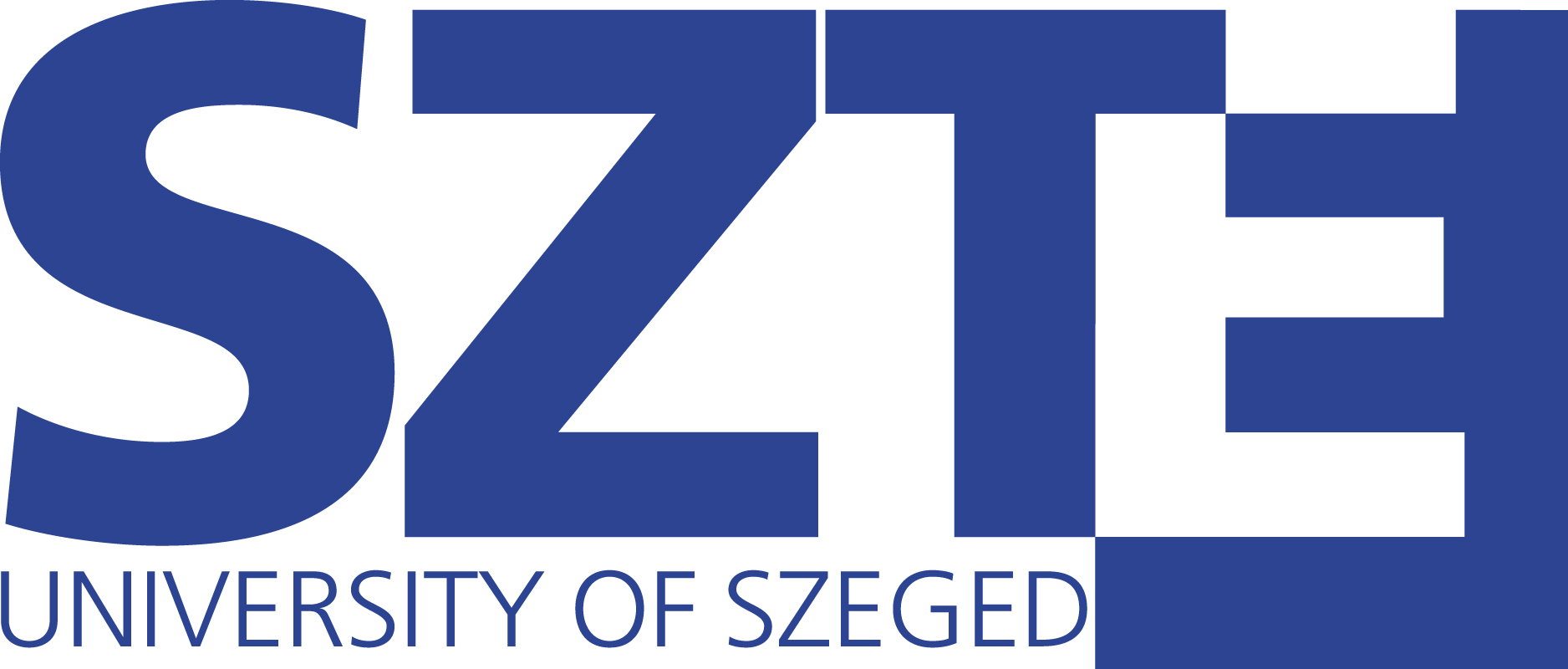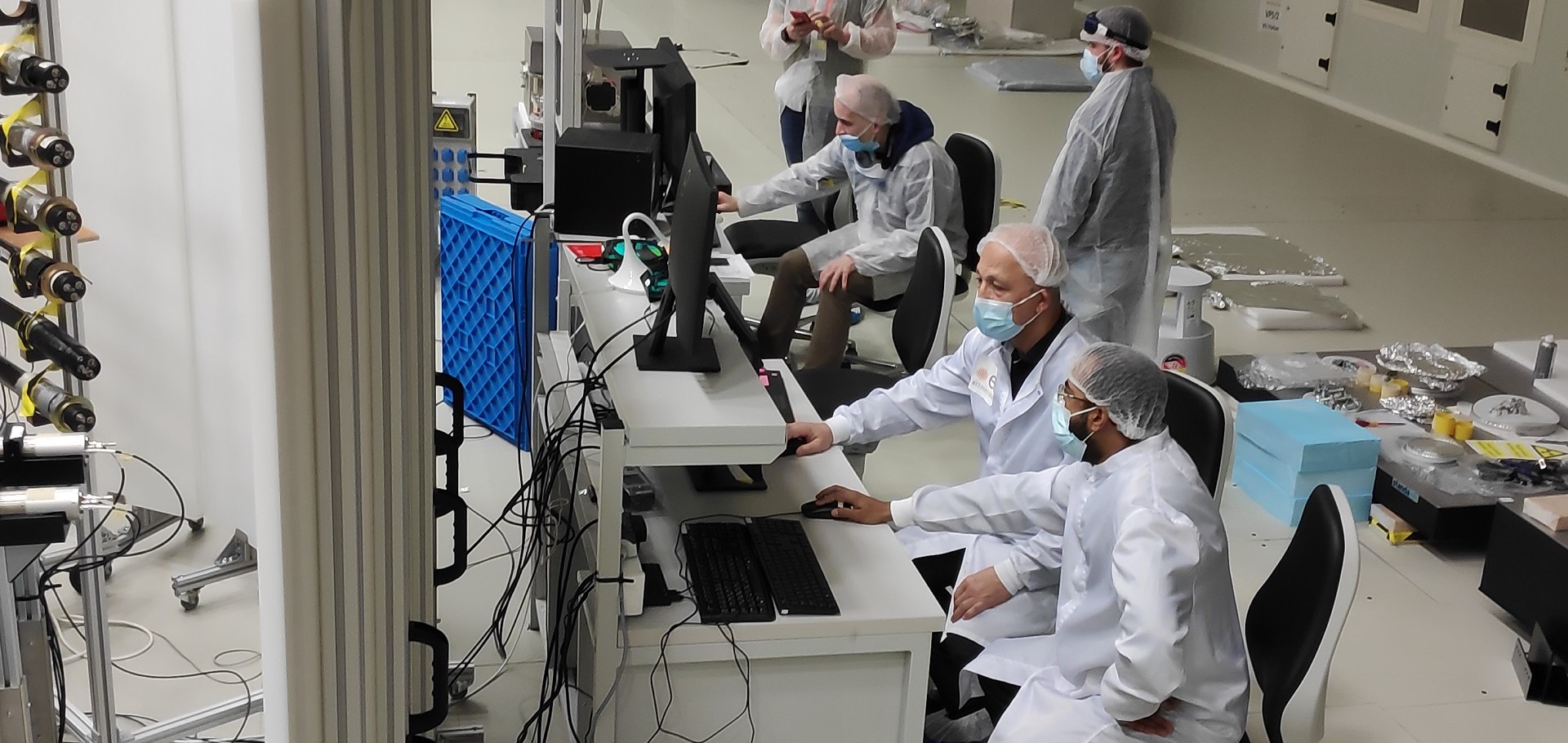
An agreement of professional cooperation was concluded amongst the University of Szeged, École Polytechnique from Paris and California-based Tri Alpha Energy (TAE) Corporation. The aim of the international project is to develop a laser technology that facilitates the waste management of nuclear plants. The researchers reached a milestone.
Proper nuclear waste disposal is of key importance for humanity. One of the main goals and challenges of the Hungarian Energy Policy is to produce the majority of electric energy in the country without any carbon dioxide emissions by 2030. This goal cannot be achieved without nuclear energy. The Paks Power Plant supplies Hungary with enough energy, yet in addition to the safe operation of the plant, proper waste management is of equal importance as well. A laser-manufactured, neutron-based transmuter may help to solve the later issue. The Government of Hungary funds the development of the laser neutron source transforming long-lived nuclear waste present in used fuels into stable or rapidly degradable cores with 3.5 billion HUF for 3 years.
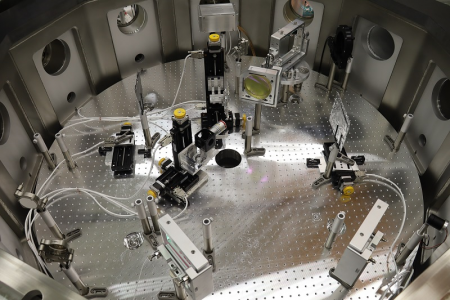
The University of Szeged has been researching a special issue related to nuclear waste management since 2019, within the framework of an international collaboration featuring ELI-ALPS Research Institute, Paris-based École Polytechnique and California-based Tri Alpha Energy (TAE) Corporation.
“The majority of radioactive materials in used fuels are highly radioactive, therefore they dissolve relatively quickly. After 500 years of storing, more than half of the measurable radiation comes from the initially scarcely present (only 2.5 kg in 1 tons of used fuel, that operates a reactor up to 3-5 years!) long-lived materials, or actinides, that emit radiations up to millions of years. It is because of the actinides, that we need to store these fuelling elements longer.” – Claimed Prof. Dr. Gábor Szabó, who served as the professional leader of the project at the beginning, but since then coordinates the research work as the director of the laser research centre.
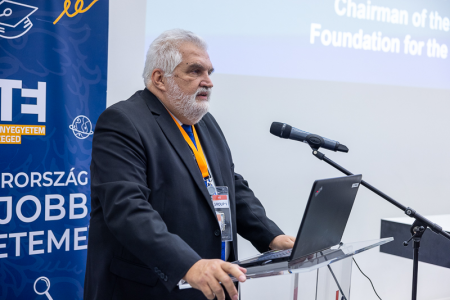
The researchers do not destroy radioactive waste, but search the solution of an issue of managing it.
The solution lies in partitioning and transmuting, meaning that the specific components of nuclear waste are separated, transform the long-lived elements with transmutation. With this process, radioactive nuclei transform into rapidly degradable or non-radioactive cores.
In the international project, based in Szeged, researchers are looking to answer the question of whether the neutrons needed to trigger transmutation can be produced using laser acceleration. If so, it would make the original transmutation concept feasible in practice due to its cost and energy efficiency.
"During the first two years of the project, despite the difficulties caused by the coronavirus pandemic, we managed not only to design the entire beam-line and to successfully manage the procurement with the efficient support of the SZTE administration, but also to carry out two pre-experiments at ELI-ALPS. In these, we have shown that compared to the very short laser pulses in ELI-ALPS we can accelerate protons with surprisingly high energies in highly coherent beams." - Emphasized Dr. Károly Osvay, the Technical Director of the SZTE National Laser Transmutation Laboratory, that was established to implement the project.
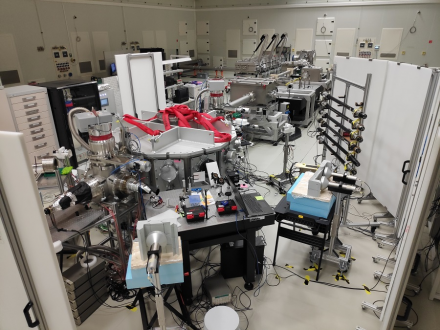
There’s an ongoing collaboration with the help of Nobel laureate Gérard Mourou, Professor at the École Polytechnique, who is participating in the research with his colleagues from the Paris-based University. The partner company in the United States is updating simulations and modelling based on the measurement results in Szeged. All participants are satisfied with the work so far and hope to continue the joint project.
"In the last series of experiments, which took place in December 2021, the team reached a very important milestone. In the first series of experiments with our now final beamline built at ELI-ALPS, we have demonstrated that neutrons can be produced by laser-accelerated deuteron ions. In fact, using detection systems developed by ATOMKI (Institute for Nuclear Research) staff, we have also shown that at least 1500 neutrons were produced per laser shot. This is several times higher than a similar laser system at the University of Michigan achieved three years ago. This is a huge result in the life of the project, the first milestone towards laser transmutation and other applications. Even if one calculates that neutrons must be produced, when it is actually proven by an experiment, it is similar to when Columbus first saw earth as he sailed towards America. It had to be there, but to actually see it is a minor catharsis. Over the next two years, we will be working on multiplying the number of neutrons per shot, and on increasing the current number of shots per second to several million times." - Dr Károly Osvay told us.
Research might receive a new impetus by another ongoing development in nuclear technology, which appears to be much safer than before. This is thorium-based power generation, which is now on the verge of practical application in Asia, following experiments in the United States and Germany a few decades ago.
According to Dr. Károly Osvay, the advantage of thorium-based nuclear reactors is that they cannot “run out”. That is, in the event of almost any malfunction, fission (and energy production) stops. However, thorium-based power plants work if thorium is irradiated with neutrons from outside. Like transmutation, laser-based neutron production would provide an excellent opportunity for this. Apart from the fact that it would probably be more cost-effective than the so-called spallation neutron production based on accelerators, it would also improve operational safety. In particular, the neutron source can be based on dozens of lasers, of which, if the performance of one is reduced, the others can make up for it. Such redundancy is not available for neutron production based on a single accelerator, the researcher explained.
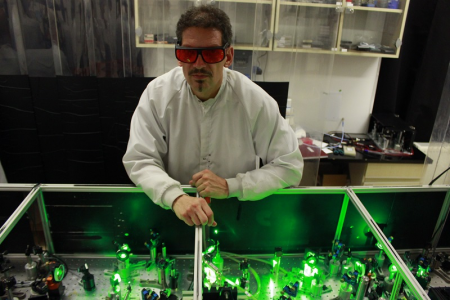
The international collaborative project will put Szeged, ELI-ALPS and the whole of Hungary in the spotlight of the scientific world. Speaking at the opening ceremony of the ELI-ALPS Focus interactive visitor centre, Gérard Mourou said that it is important for young people to become physicists because they could save the planet. After all, mankind will soon need environmentally friendly and safe energy sources due to the depletion and environmental impact of current ones.
“In addition to the above energy production aspects of laser-based ion acceleration and neutron production, there are several other socially very useful practical applications that can be realised in a significantly shorter time. In the coming months, with Katalin Hideghéthy’s group, we are planning radiobiology experiments that could lead to a revolution in proton therapy, one of the most effective cancer treatments. Also in the near future, we will carry out the first experiments to produce medical isotopes, which could represent a major step forward in everyday medical practice.”- Said the research leaders.
SZTEinfo: Ferenc Lévai
Photos by: SZTE NLTL, Anna Bobkó, István Sahin-Tóth
